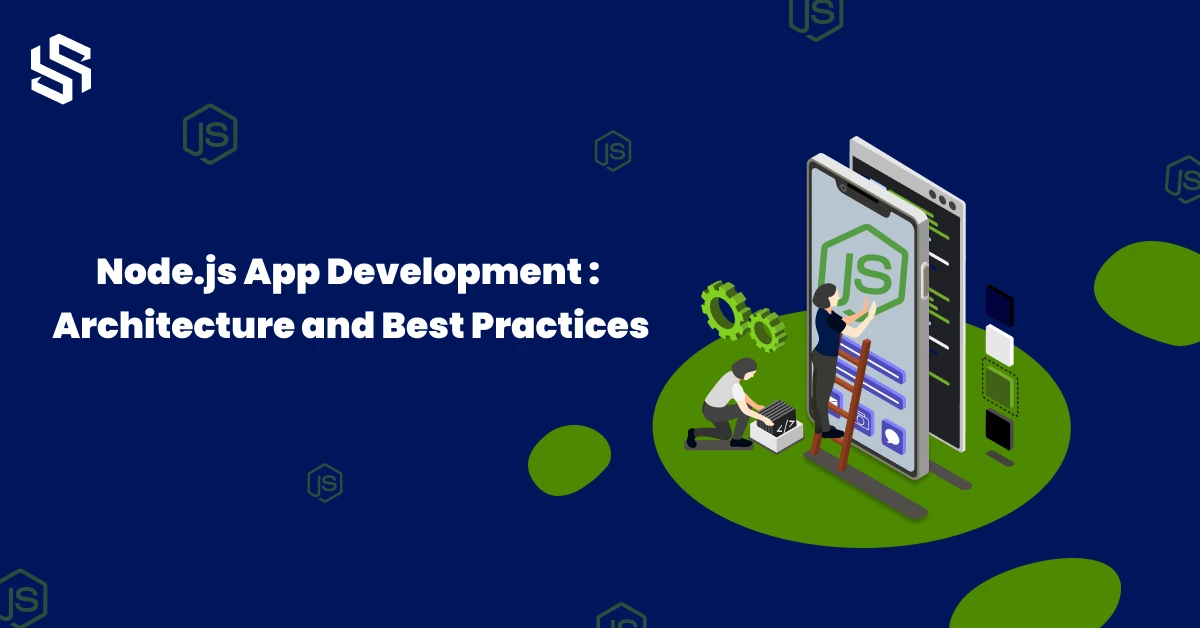Index Surge: Amplifying Your Insights
Stay updated with the latest trends and news across various industries.
Node.js: Where Coffee Meets Code and Chaos
Dive into the world of Node.js, where coding genius brews with chaos—unleash your inner developer with tips, tricks, and tutorials!
Understanding Asynchronous Programming in Node.js: A Beginner's Guide
Asynchronous programming is a powerful feature in Node.js that enables developers to handle multiple operations without blocking the execution thread. This means you can perform tasks like reading files, making network requests, or querying databases concurrently, which significantly enhances the performance of your applications. In traditional synchronous programming, each task must complete before the next one can start, often leading to inefficient use of resources. However, with asynchronous programming in Node.js, you can utilize callbacks, promises, and async/await syntax to write non-blocking code that improves responsiveness and user experience.
To grasp the fundamentals of asynchronous programming in Node.js, it's important to understand a few key concepts:
- Callbacks: Functions passed as arguments that get executed after the completion of an operation.
- Promises: Objects that represent the eventual completion (or failure) of an asynchronous operation and its resulting value.
- Async/Await: A syntax that allows you to write asynchronous code in a more synchronous manner, making it easier to read and maintain.
By mastering these concepts, beginners can create efficient applications that effectively manage multiple operations simultaneously, leveraging the full power of Node.js.

Top 10 Node.js Frameworks to Accelerate Your Development
When it comes to building robust and scalable applications, using the right framework can significantly accelerate your development process. Node.js has gained immense popularity in the developer community, and with it comes a variety of frameworks tailored to enhance functionality and performance. Here are the top 10 Node.js frameworks that every developer should consider:
- Express.js: Known for its minimal and flexible structure, Express.js simplifies the creation of web applications and APIs.
- Koa.js: Created by the makers of Express, Koa offers a more modern approach with async functions for improved error handling.
- NestJS: Incorporating TypeScript, NestJS is perfect for building scalable, enterprise-grade applications.
- Sails.js: This MVC framework is designed for building data-driven applications and follows the convention-over-configuration principle.
- Hapi.js: Known for its rich features, Hapi is great for building powerful APIs.
- Fastify: As the name suggests, Fastify focuses on fast delivery and low overhead, making it ideal for high-performance applications.
- LoopBack: This highly extensible framework is perfect for creating APIs and can easily connect to multiple data sources.
- Meteor: A full-stack platform that is excellent for building real-time applications.
- AdonisJs: Offering a stable ecosystem, AdonisJs provides a natural syntax and tools to build applications effortlessly.
- Feathers.js: A lightweight framework that enables real-time functionality, ideal for building dynamic applications.
How Does Node.js Handle Concurrency and Scalability in Web Applications?
Node.js is designed to handle concurrency in web applications through its non-blocking, event-driven architecture. This means that it can manage multiple connections simultaneously without creating new threads for each request, which is a common pitfall in traditional multi-threaded servers. Instead, Node.js utilizes a single-threaded event loop, allowing it to process requests asynchronously. When a time-consuming operation is encountered, such as querying a database or making an API call, Node.js can continue handling other incoming requests while waiting for the previous operation to complete. This efficient use of resources not only improves performance but also enhances scalability, making it easier for applications to handle a large number of simultaneous connections.
In addition to its event-driven model, Node.js achieves scalability through features like clustering and the use of microservices. The clustering module allows developers to spawn multiple instances of their applications, distributing the load across multiple CPU cores. This is essential for modern web applications that demand high availability and performance. Furthermore, implementing microservices can help in creating smaller, dedicated services that can be independently deployed and scaled. By decoupling functionality into distinct services, teams can manage and scale each component based on its specific needs, further enhancing the overall responsiveness and reliability of the application.